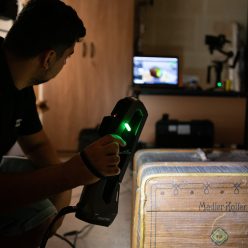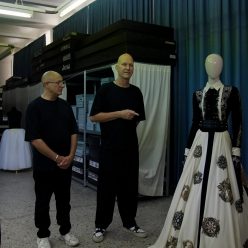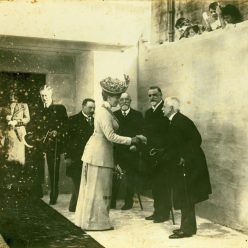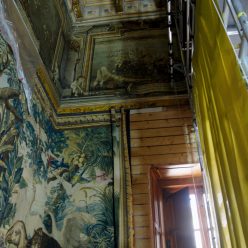by Kenneth Cassar and Warren Bugeja.
Items of crockery, porcelain tableware that we take for granted every day, donate to thrift shops, or break into pieces to create mosaics were once considered ‘white gold’.
Until the early 1700s, porcelain manufacturing techniques were a closely guarded secret, protected by the Chinese and coveted by Europe. As a result, these highly treasured decorative objects, a transferred symbol of power and wealth, conferred an exalted status on those who possessed them. Despite the presence of earlier imports on the Islands, during the late eighteenth-century reign of Grand Masters Vilhena and Pinto, owning porcelain became a material expression of one’s belonging to the inner circle of the social elites – a restricted list of individuals involving the Grand Master, ambassadors, high-ranking aristocrats, and ecclesiastics. As numerous archive references attest, the prestigious gifting of ‘white gold’ along with paintings and silverware between these elites was an established diplomatic custom in the high Baroque.
A 1998 excavation of a cesspit by archaeologist Nathanial Cutajar in the Inquisitor’s Palace in Birgu revealed some interesting findings. Porcelain fragments were unearthed in what was probably an early 19th-century dumpsite below the palace’s prison yard and adjoining spaces. The Inquisitor’s Palace, a 17th and 18th-century religious powerhouse is the only Baroque Inquisitorial complex in Europe to have survived the institution’s dissolution and the ruthlessness of time. Although the fabric of the building remains intact, the original soft furnishings have long since been dispersed and lost. Fortunately, archival documentation and archaeological finds, such as the Inquisitor’s tableware, can help reconstruct the opulence of the internal finishes and provide insight into the daily habits of the palace’s privileged occupant.
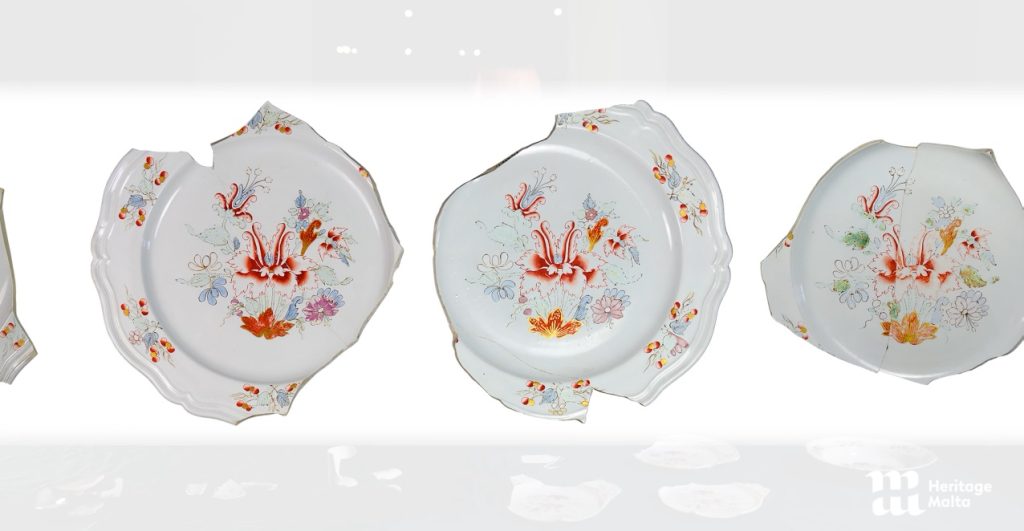
Kenneth Cassar, Senior Curator for Ethnography at the Inquisitor’s Palace has chosen two sets of porcelain from this excavation as his favourite artefacts within the national collection for Heritage Malta’s HM TV series ‘Treasure to Meet You’. One of the sets features shards and fragments from three flat dinner plates and one side plate, which originally formed part of a single Ginori Doccia dinner service. The plates display ‘garofini rossi’ (red carnations) a very popular motif in the 1760s. The Tuscan’ Doccia’ porcelain factory is still in operation nowadays. “We also managed to trace some contemporary pieces from this service which are not of a fragmentary nature, which can help us visualise what these plates looked like when they were still intact,” Cassar explains. The other set, selected for the HM TV feature, consists of various fragments from a mid-18th century coffee-drinking set decorated with a delicately painted scatter of strawberries and sprigs, another typical Italian design of the period. The set includes cylindrical coffee cups and two types of saucers – possibly a sous-tasse and a dessert plate.
The exquisite porcelain “is wonderful in itself, but it also speaks volumes about life within the palace. We tend to look at the Inquisitor in his strict role as a supreme judge of the spiritual tribunal, but in fact, Inquisitors were patrons of the arts and, in their capacity of apostolic delegates (ambassadors for the Vatican), ritual greeting, and conspicuous consumption were the order of the day,” Cassar states. Porcelain dinner sets, physical metaphors of prosperity and affluence were intended to impress high-ranking guests invited to banquets and receptions and would also have been used by the Inquisitor in his everyday life.
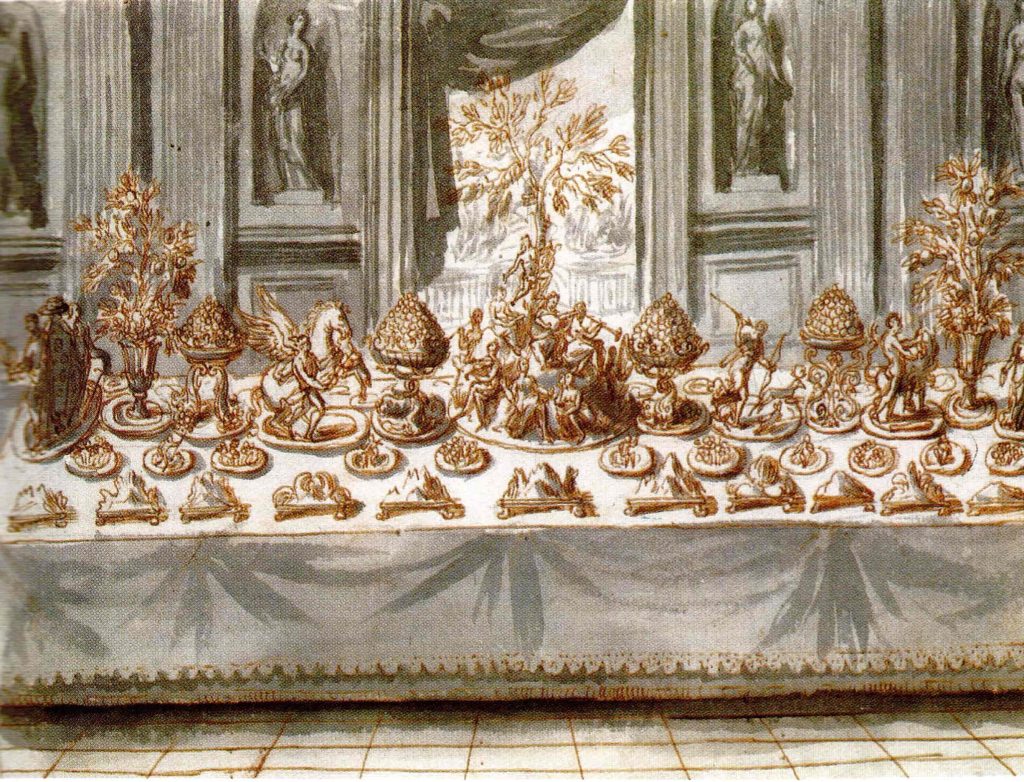
“I consider myself to be extremely lucky to be working in such a context,” Kenneth enthuses. “The archives do not simply contain documents pertaining to the spiritual tribunal but offer a glimpse into what was happening between these walls.”
Inventories provide lists of gilded furniture, paintings, 18th century decorative pieces and tapestries, a billiard table, card game tables as well as dinner sets, cooking utensils and food stuffs purchased. According to Kenneth Cassar, these inventories portray a human portrait “of the Inquisitor as a man of sophisticated tastes whiling his way in between official business.”
From the 1750s onward, reference is made to a room referred to as a ‘credenza’ where tableware was stored in ‘two big wardrobes for silver and porcelain and two smaller wardrobes for crystalware.’
“Our idea is to include more of these fragments within the display, helping to illuminate the visitor’s experience of the Inquisitor’s Palace as a historic house,” Kenneth mentions.
Discarded into a mound of rubbish, once they no longer fulfilled their intended role, these shards of history will once again take up residence within the Roman Baroque palace as fashionable porcelain pieces, recounting a tale of elite dining habits and lavish living.
Watch the feature here in English or Maltese
‘Treasure to Meet You‘ is uploaded to Heritage Malta’s Facebook page every fortnight on a Tuesday at 19:00. The intimate series consists of short features in both English and Maltese versions. Each fortnight, viewers get to meet one of our dedicated curators, who were asked to select an artefact or feature from the national collection to which they are particularly attached.
Latest News

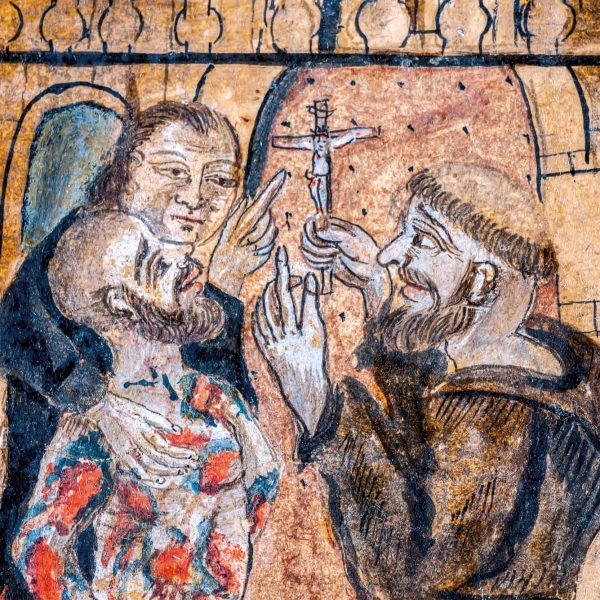
Up Next
Press Releases | 10th March 2023
